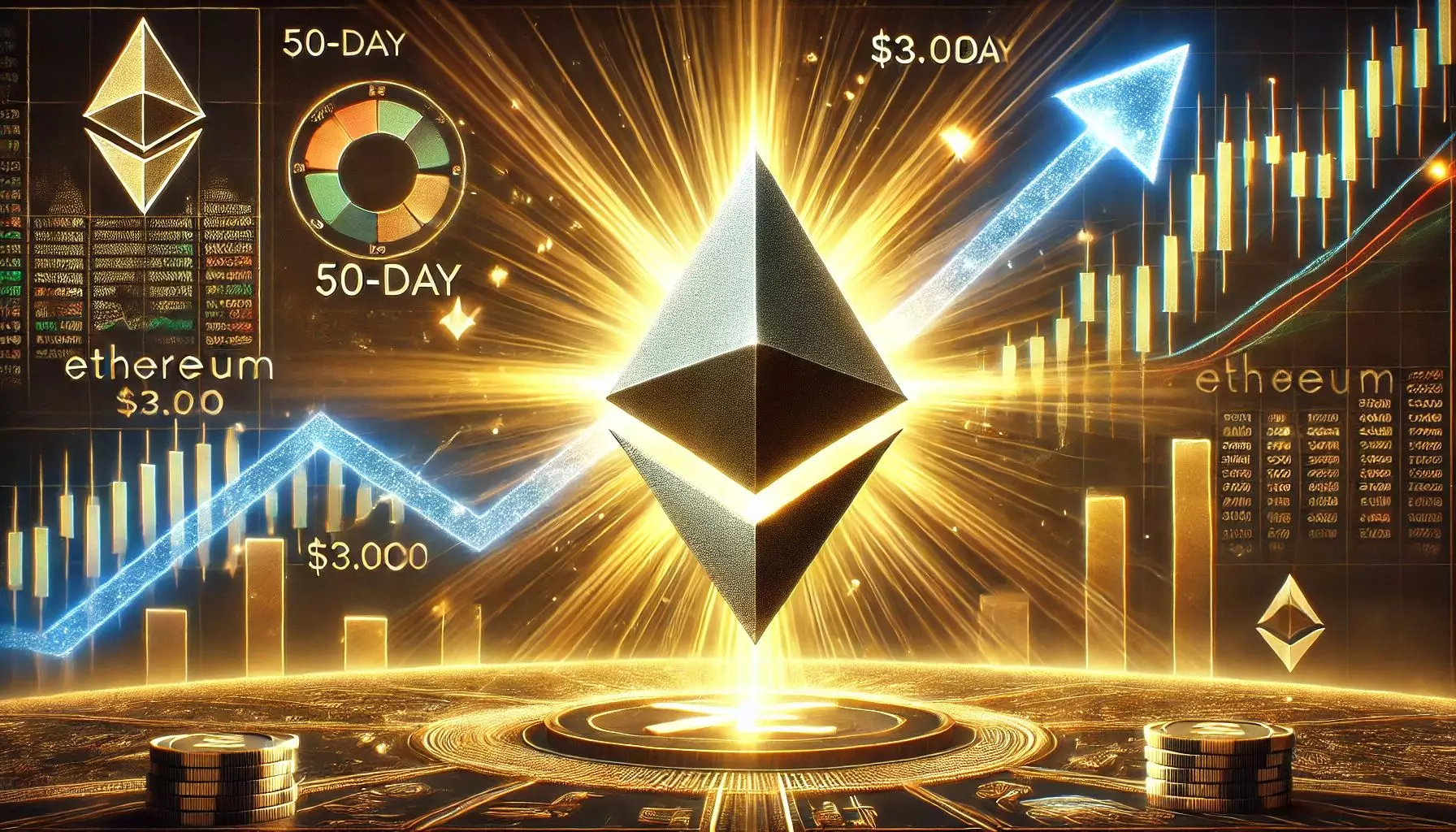Ethereum (ETH) is currently experiencing a tumultuous phase, defined by uncertainty and polarization that could frame its immediate future. Having fallen more than 12% over a span of days, Ether’s value hovers precariously around the $2,400 mark—a crucial threshold that could determine its trajectory. This volatility is not just a series of unfortunate events; it’s emblematic of a larger trend within the cryptocurrency market, where investor sentiment swings like a pendulum amid broader economic pressures.
Significance lies in the fact that the cryptocurrency market’s volatility raises questions about long-term viability and investment strategy. Rising uncertainty, coupled with significant sell-offs, have led to renewed investor caution. Despite the underlying technology and community backing Ethereum, its value is grimly tethered to market sentiments—sentiments that appear fragile and susceptible to abrupt shifts. As a result, the focus narrows down to this pivotal $2,400 line that currently symbolizes more than just a price point; it represents the very heartbeat of Ethereum’s short-term prospects.
The Golden Cross: A Beacon of Hope?
On the optimistic side, the emergence of a “Golden Cross” on Ethereum’s 12-hour chart has ignited discussions of bullish potential. For those unaware, a Golden Cross occurs when the 50-period moving average surges above the 200-period moving average, typically heralding an uptick in momentum. Analysts like Ted Pillows are keen on this crossover, which often signals the dawn of a bullish chapter in any market. It’s a comforting notion that, despite heavy sell-offs, indicators hint at a potential climb back into the higher resistance zones—particularly the elusive $2,600 threshold.
However, juxtaposing optimism against a backdrop of skepticism creates a perplexing atmosphere of contradictions. While such technical indicators may promise stability and upward mobility, the reality of Ethereum’s trading patterns remains bleak. The significance of these signals must not overshadow the tangible risks. Market participants must tread cautiously, as the binary nature of crypto trading can just as easily lead to decimation as it can to euphoria.
Investor Behavior: The Tug of War Below $2,400
The $2,400 level has transformed into a pivotal battleground, where buyers and sellers clash amid uncertainty. A failure to defend this crucial support could translate into a deeper correction, dragging Ethereum into a more prolonged consolidation phase with lower supports below it. The sentiment on social media suggests nerves are fraying—bulls need to gather momentum quickly or risk igniting a harsher sell-off.
What is even more pressing is the backdrop of market dynamics that stress the importance of volume. As sell-side activity spikes, it raises questions about the will to hold positions. Short-term traders locking in profits only add a layer of complexity, exposing the fragile nature of investor psychology. The narrative of selling pressure gains traction alongside escalating volatility, and how long the cryptocurrency can hold the $2,400 region remains an open question.
Broader Market Influences: The Unseen Hand
Beyond Ethereum’s internal challenges, external pressures play a significant role as well. Economic factors like interest rate changes, inflationary trends, and global market fluctuations extend their influence on the crypto landscape. False signals, sudden price movements, and growing volatility contribute to an environment fraught with anxiety. Analysts and enthusiasts may rally around encouraging metrics like the Golden Cross, but economic realities can often paint a more sobering picture.
As ETH struggles to reclaim past glories—being down 36% from its high of $4,100—the more immediate concern involves establishing a sustainable high above $2,800. The fundamental question is whether Ethereum’s strength is enough to defy external pressures and reclaim its former stature in the market.
A Question of Identity: Who Will Lead Ethereum Forward?
As Ethereum wrestles with its identity, its value proposition in the decentralized finance (DeFi) space remains under scrutiny. The ongoing fluctuations may expose weaknesses—forcing a reevaluation of what Ether means to evolving market participants. Amid this existential query, it is essential to recognize that the strength of a cryptocurrency is not merely dictated by technical analysis, but by community engagement, innovative developments, and investor confidence.
The road ahead is certainly paved with uncertainty, but nothing is more crucial than understanding that the ability to maintain the $2,400 level will not just influence Ethereum’s immediate price action—it will also shape how Ethereum is perceived in the tapestry of fintech innovation. Curiously, the stakes are high for both bulls and bears, as the action over the next few days could be the turning point in a much larger narrative about the future of decentralized technology.

